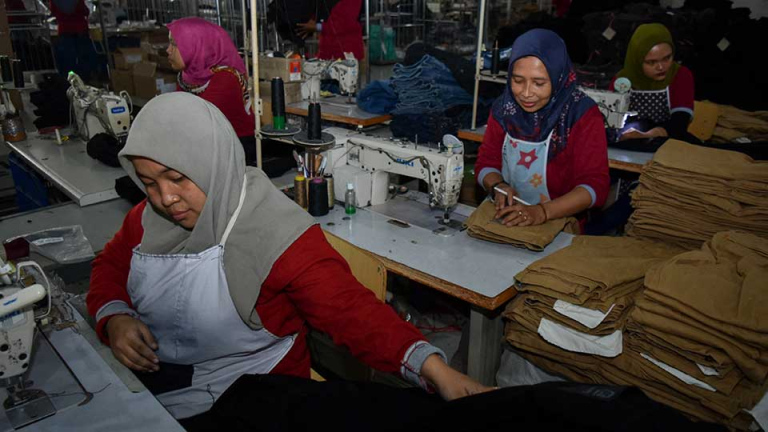Forging Ahead: How Indonesia Transforms Global Trade Tensions into Industrial Triumph

The Shifting Landscape of Manufacturing: Chinese Factories' Strategic Move to Southeast Asia
In an era of dynamic global economic transformation, the relocation of Chinese manufacturing facilities to Southeast Asian nations is no longer a mere hypothesis—it's an unfolding reality. Countries like Vietnam are already experiencing a significant industrial migration that promises to reshape regional economic dynamics.
Authored by leading researchers Yeta Purnama from the Center of Economic and Law Studies (CELIOS) and Muhammad Zulfikar Rakhmat, Director of the China-Indonesia Desk, this analysis delves into the intricate patterns of industrial relocation that are fundamentally altering the manufacturing ecosystem.
The trend goes beyond simple geographical shifts; it represents a complex interplay of economic strategies, geopolitical considerations, and evolving global supply chain dynamics. As Chinese manufacturers seek more competitive environments, Southeast Asian nations are emerging as attractive alternatives, offering lower labor costs, strategic geographical positioning, and increasingly sophisticated industrial infrastructures.
This transformative movement is not just about moving factories, but about reimagining economic partnerships and creating new opportunities for regional development and collaboration.

